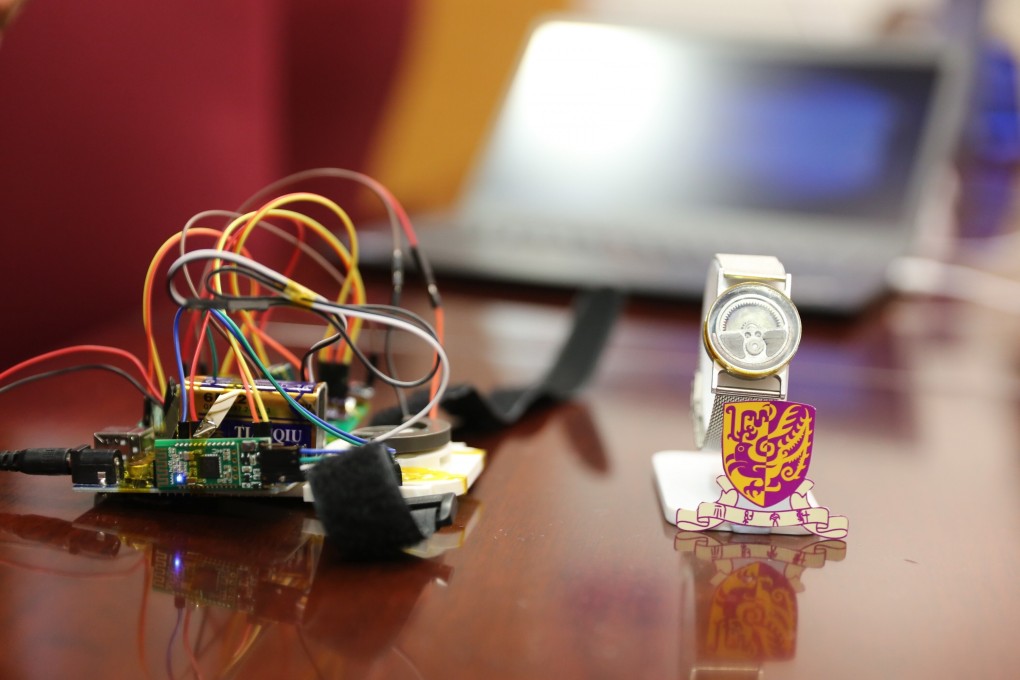Smartwatches powered by wearers: CUHK researchers aim to harvest energy from human movements
- CUHK researchers create compact generator small enough to be embedded in smartwatches, which can harvest energy from movement
- Users can power their own devices just by moving around, eliminating the need to ever remove smartwatches to charge them

In a laboratory in the Chinese University of Hong Kong (CUHK), researchers study a swinging metal pole designed to mimic the movement of human arms.
Using a highly compact generator containing fewer than 10 components – including a motion capture unit and power generation unit – the researchers aim to harvest the energy created by human motion to power smartwatches and wristbands.
There is one problem – due to limited battery life, this image will always have gaps representing the stretches of time when you are charging your device.
“Some data such as heart rate tracking should be 24-hours non-stop, but when you charge the smartwatch, you need to take it off,” said CUHK researcher Cai Mingjing. “[My smartwatch] needs to be charged once a week, which means a gap of several hours,” the 30-year-old PhD holder said.
